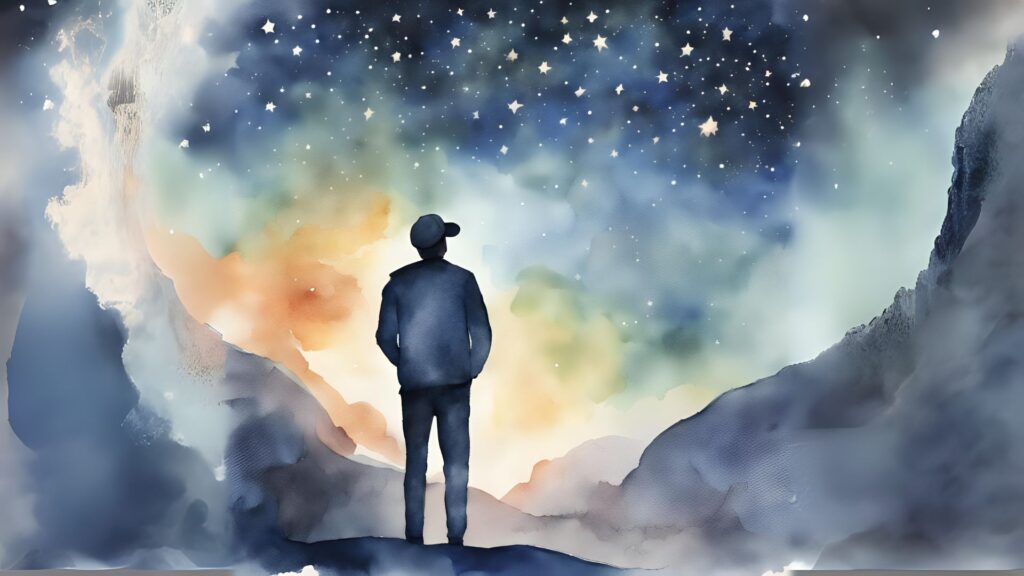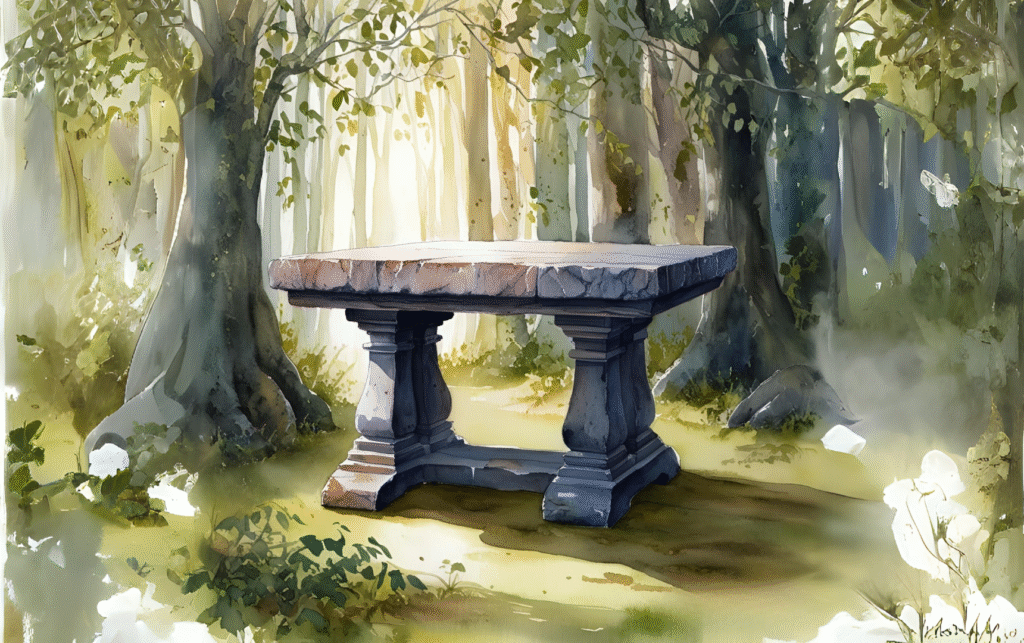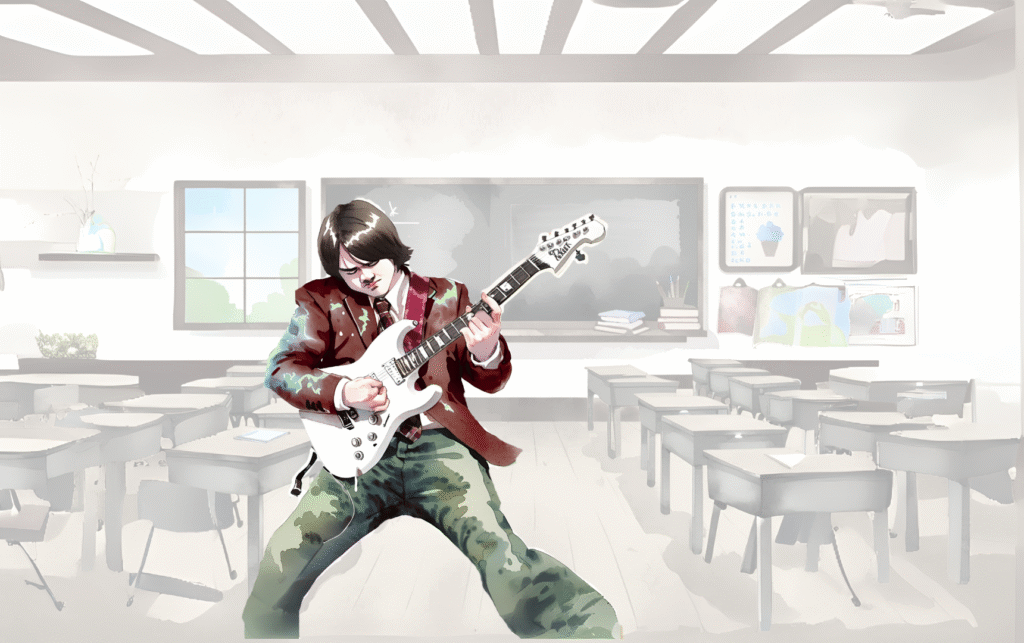
Sometimes, when I introduce mythology in class, I ask my students to close their eyes for a moment and imagine a world without explanations. A world where the sun rises and sets each day, yet no one knows why. Where the wind blows and the rain falls, but everything remains mysterious, without meaning, without answers.
At first, they look at me with puzzled expressions. Then, gradually, curiosity sets in. Some students say it would be a frightening world, while others think we might get used to it — though it would surely be less beautiful.
That’s when I tell them:
“Myths! Myths exist because human beings don’t settle for a world without meaning.”
Myths Are Born from the Questions That Dwell Within Us
This is always my starting point when teaching mythology: not with a list of gods or epic tales, but with the understanding that a myth is not just a story from the past — it is a poetic, symbolic attempt to answer the deepest human questions.
The ancient Greeks, for example, watched the sun travel across the sky and asked themselves how that could happen. Their answer wasn’t a scientific explanation, but a powerful image: the sun god Helios riding a golden chariot pulled by fiery horses across the heavens.
Not just a response — a story full of wonder, meaning, and beauty.
Different Myths, Shared Questions
This impulse to make sense of the world is not unique to the Greeks. On the contrary, people across cultures and eras have created myths as responses to life’s biggest questions.
What unites myths across civilizations isn’t the answers — which vary widely — but the questions behind them.
In Norse mythology, the great tree Yggdrasil connects all realms of existence, symbolizing a cosmic order and the interconnection of all things.
Among Native American traditions, such as those of the Lakota and Navajo peoples, animals and nature spirits narrate the origins of life and humanity’s bond with the Earth.
In ancient Egyptian beliefs, the god Ra must battle chaos every night in order to bring light back to the world each morning — a myth that speaks to the daily struggle to restore balance.
If you’d like to explore these traditions further, here are some accessible resources:
- Encyclopedia Mythica – A comprehensive mythology archive
- The British Museum – Myths from ancient civilizations
- Smithsonian National Museum of the American Indian
- The Ancient Egypt Site – Religion and mythology
Every myth offers a different answer, but all are rooted in the same need to understand the mystery of life.
As Joseph Campbell, one of the most renowned mythologists, wrote:
“Myths are not just stories. They are roadmaps for living.”
This is what makes mythology so relevant — not a relic of the past, but a living tool for making sense of ourselves and the world.
Let the Questions Come from Your Students
In my experience, something changes in the classroom when we begin with students’ own questions.
I often ask: “What are the biggest questions you have about the world?”. And I watch as curiosity lights up the room.
Their questions range from natural phenomena — Why does it rain? What causes thunder? Where does the wind come from? —
to the big existential ones — Why is there evil? Where do we come from? What happens after we die?
Myths offer no easy answers, but they do offer images, characters, and narratives that give shape to mystery. Gods, heroes, transformations — all of these become tools for students to explore meaning and emotion.
By honoring their questions, we recognize the depth of students’ thinking and create a space where wonder and reflection can coexist. In that space, myths become more than ancient stories — they become a living experience.
A Practical Tip: Start with the Questions (or Discover Them Together!)
There are two main approaches I like to use when introducing a myth in the classroom.
The first is to begin with a big question. For example:
Why does the sun rise in the East? Why does a volcano erupt? Why do sunflowers turn toward the sun?
I invite students to share their thoughts and wonderings, and only then do I introduce the corresponding myth: Helios and his chariot, the fiery forge of Hephaestus, or the transformation of Clytie into a sunflower.
The second approach is to do the opposite:
Start by telling the myth, then ask:
“What question do you think the ancient people were trying to answer with this story?”
This method encourages critical thinking and helps students learn to “read backward” — to look beneath the story and imagine the question that might have given rise to it.
Both approaches work well, and you can alternate between them depending on the age group, the time you have, or the energy in the room. What matters most is helping students realize that behind every myth lies a question — and behind every question, a very human longing for meaning.
Invite Students to Create Their Own Myths
After exploring a few examples together, I often invite students to write a myth of their own. They begin with a question that fascinates them, and they invent a story — poetic, symbolic, imaginative — that offers a possible answer.
In doing so, students don’t just study mythology. They engage with it. They take part in a tradition of human storytelling that spans continents and millennia.
A Resource to Help You Get Started!
If you’re looking for a ready-to-use resource to begin a unit on mythology, I’ve created a guide designed to introduce Greek mythology through this exact lens — starting from big questions and helping students engage deeply and creatively with ancient stories.
📘 Greek Mythology – Introductory Presentation + Teacher Guide
This resource includes a teacher guide and slides you can adapt to your classroom, plus opportunities for reflection and student creativity.
Thank you so much for stopping by!
If you have thoughts, experiences, or questions you’d like to share, I’d love to hear from you in the comments.
Warm wishes and happy teaching,
Chiara



